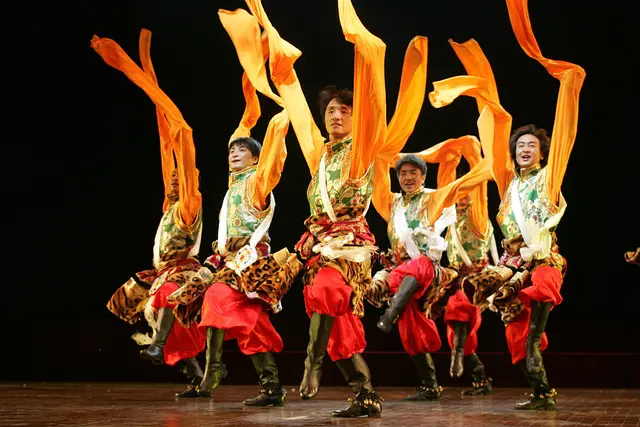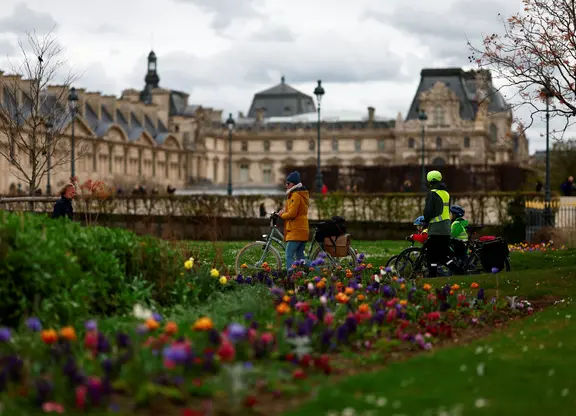The mention of tap dance would remind many of the world-renowned Irish dance. In fact, there are a variety of tap dancing styles around the world. And in Ganzi Tibetan Autonomous Prefecture, southwest China's Sichuan Province, the Tibetan people have such a dance form of their own that is now enlisted as a national intangible cultural heritage.
Tibetan tap dance, also called Duixie in the ethnic language, originated as a type of circle dance in the area surrounding the Yarlung Zangbo River, the longest and largest waterway in the Tibet Autonomous Region, southwestern China. The dance was typically accompanied by a six-stringed instrument. It was brought to Ganzi during the 8th and 9th centuries and evolved into a popular folk dance with local characteristics.
At first, the tap dance was performed to celebrate the harvests in each autumn, with only adult men as dancers. But nowadays, children and women are also seen in the performances.
Unlike the Irish dance, which features intricate footwork with dancers' arms commonly held tightly by their sides, Ganze tap dance involves a lot of hand movements in addition to the tapping. Meanwhile, bells are usually tied to the dancers' shoes, and the audience can hear the bells jingle as the performers rhythmically strike the floor with their feet.
The dance is quite energetic and vigorous, representing the enthusiasm of the Tibetan people. Today, it's usually performed during the Spring Festival; Tibetan New Year, also known as Losar, which is the most important festival in the Tibetan calendar; as well as other cheerful occasions.
 简体中文
简体中文





















